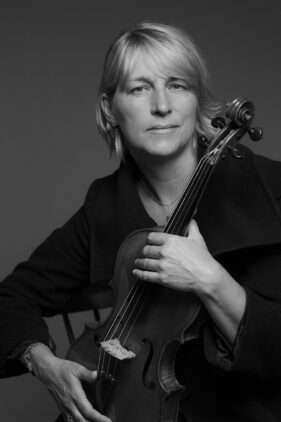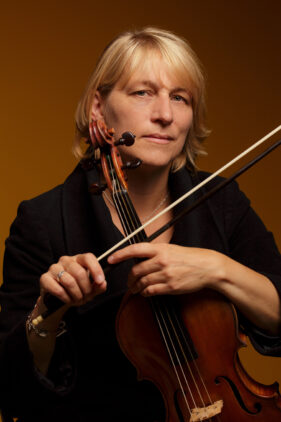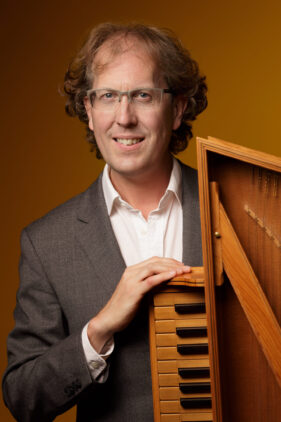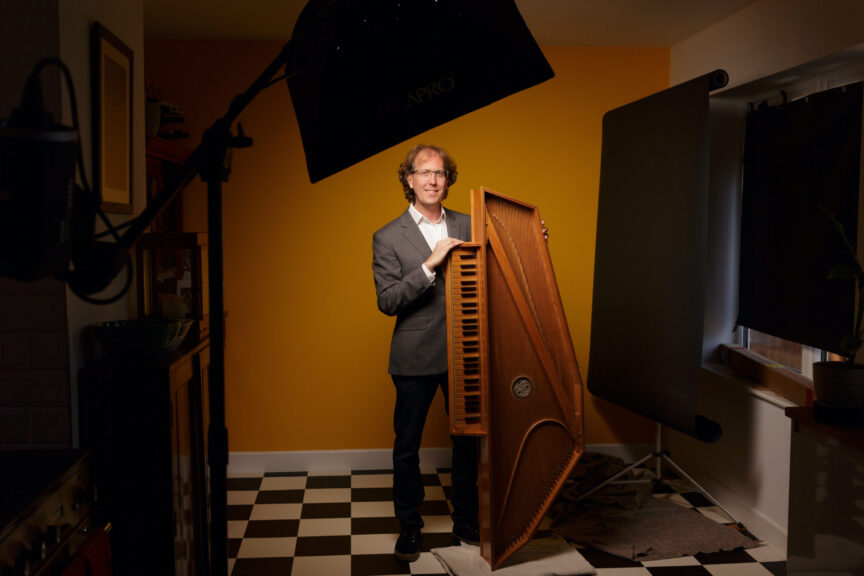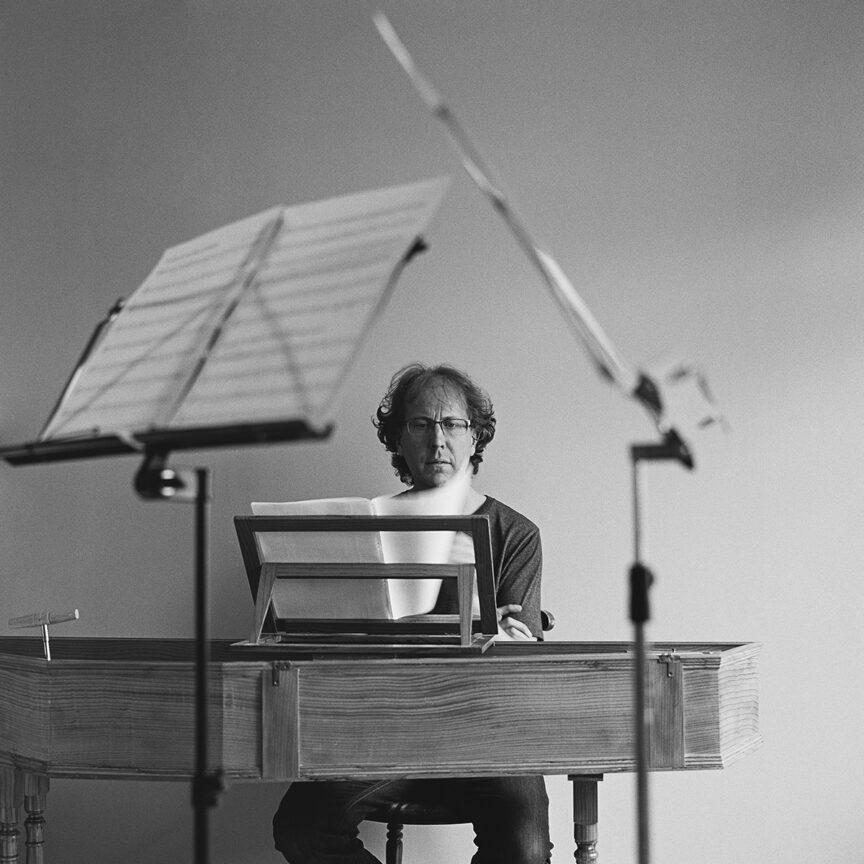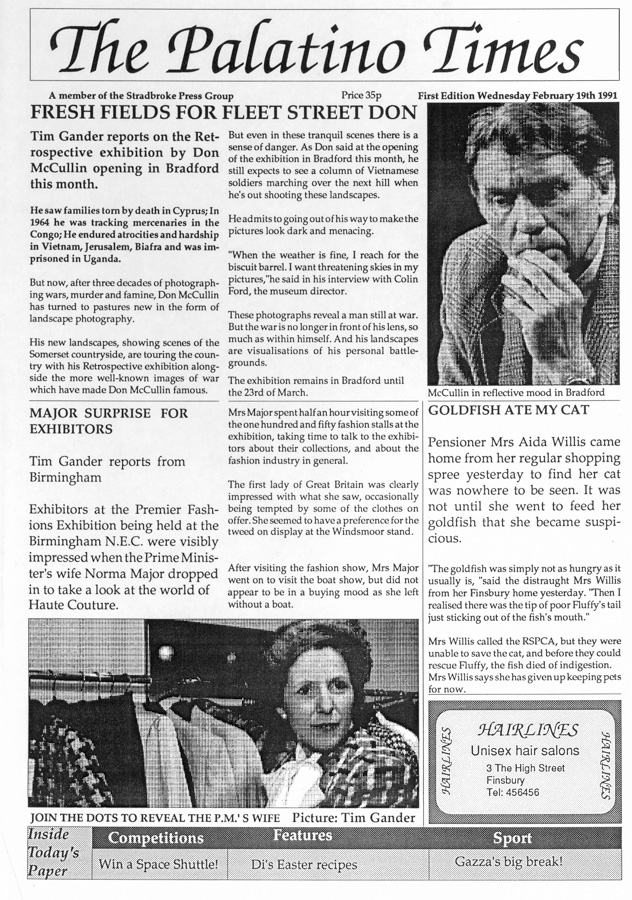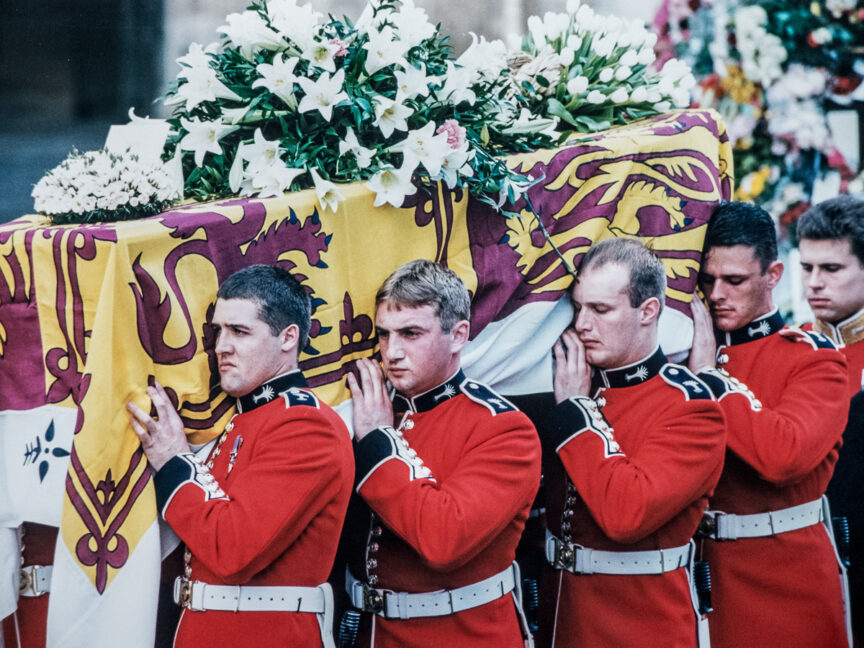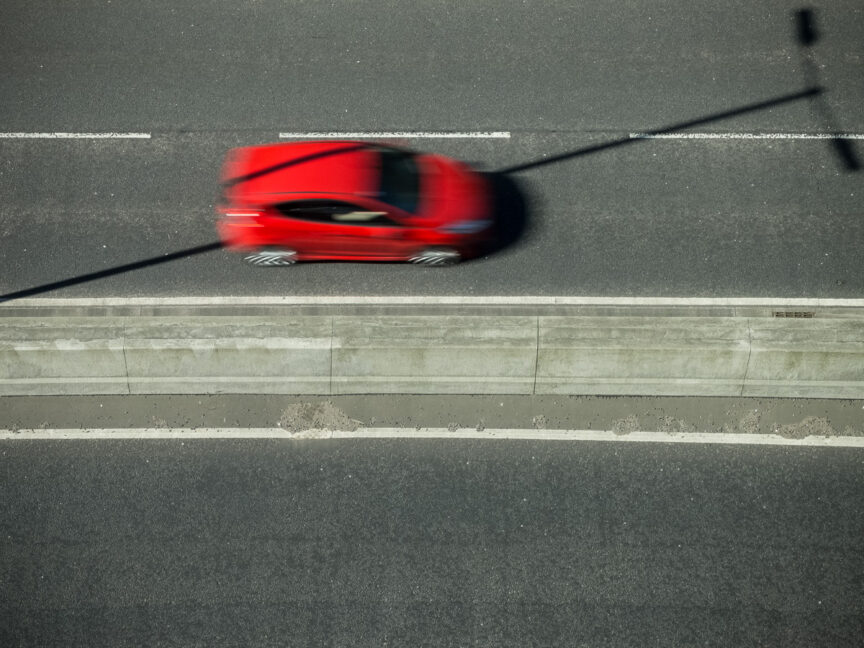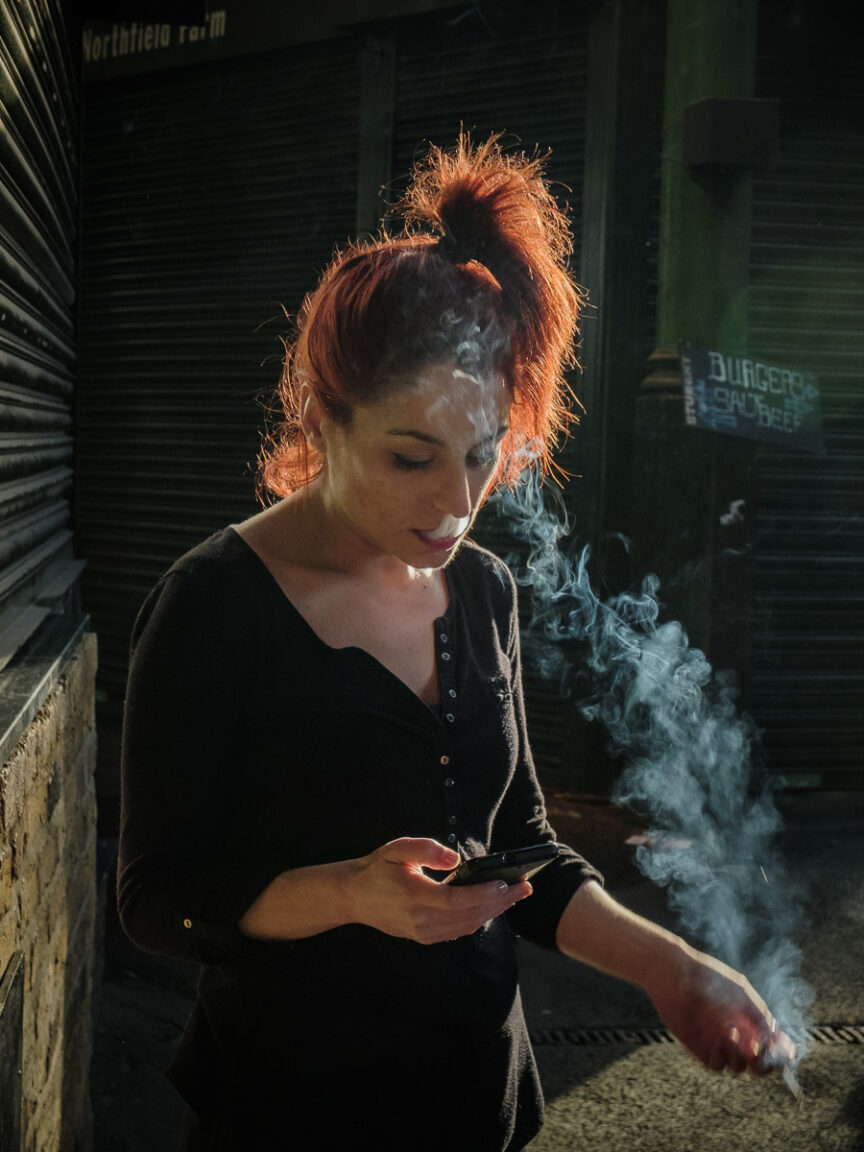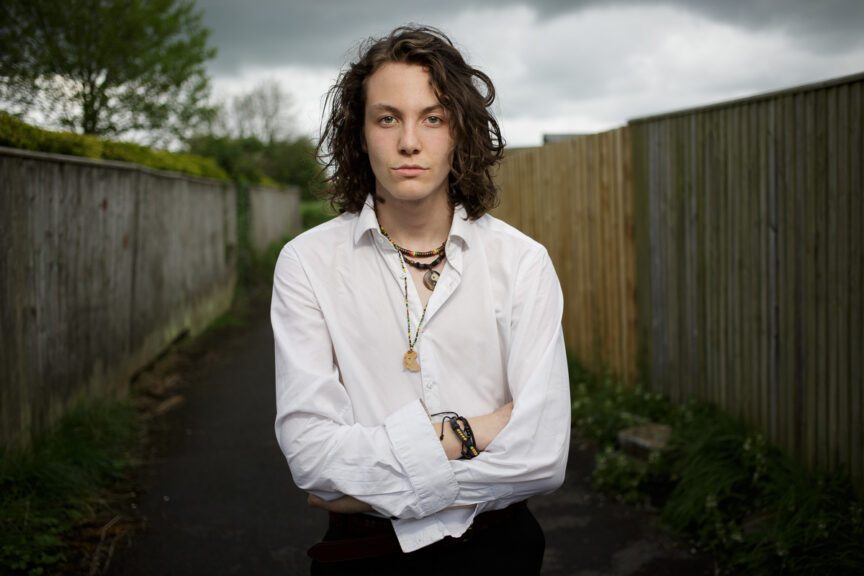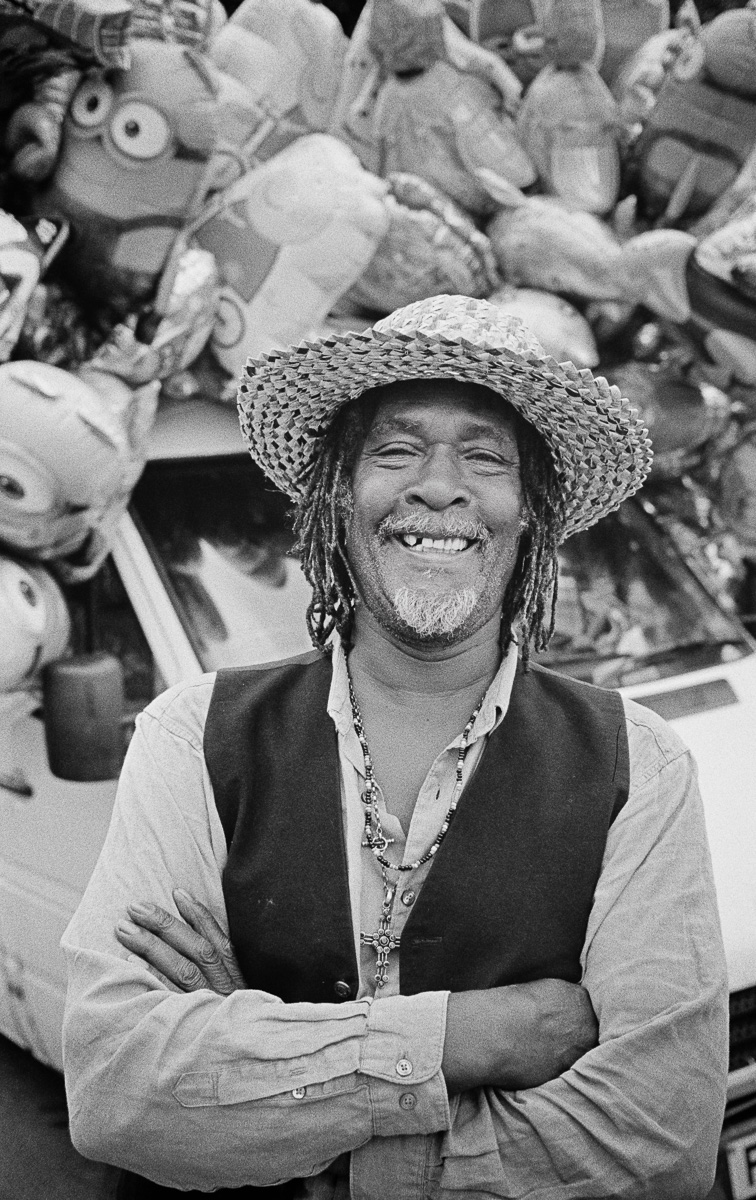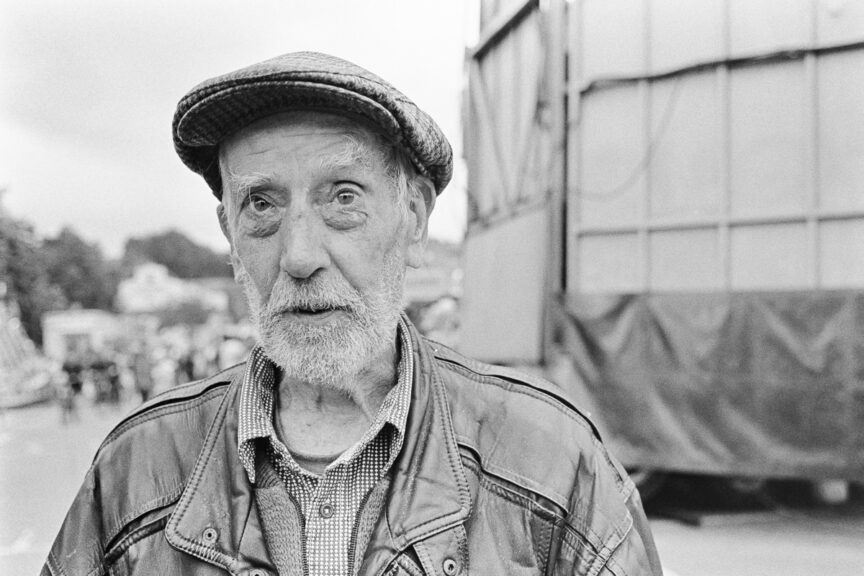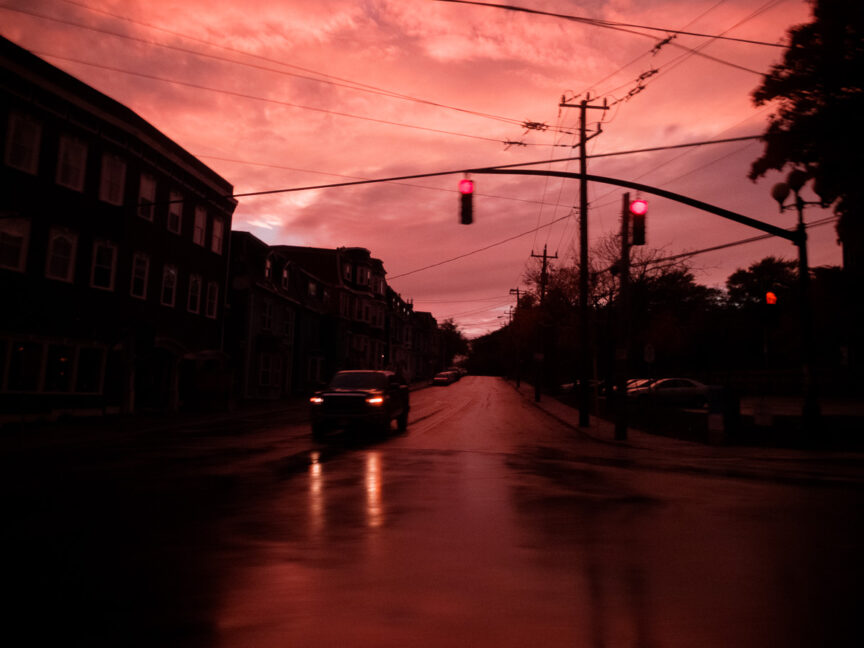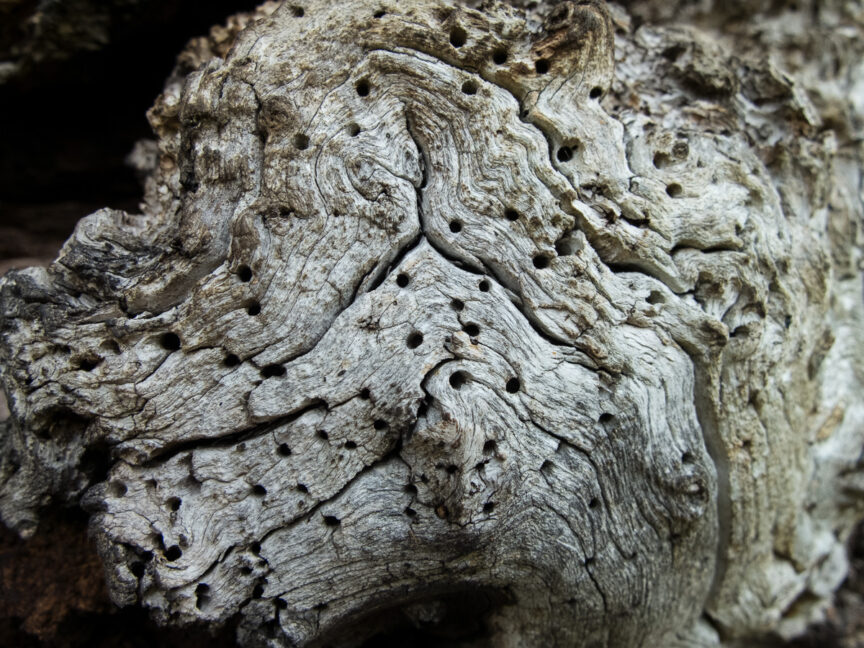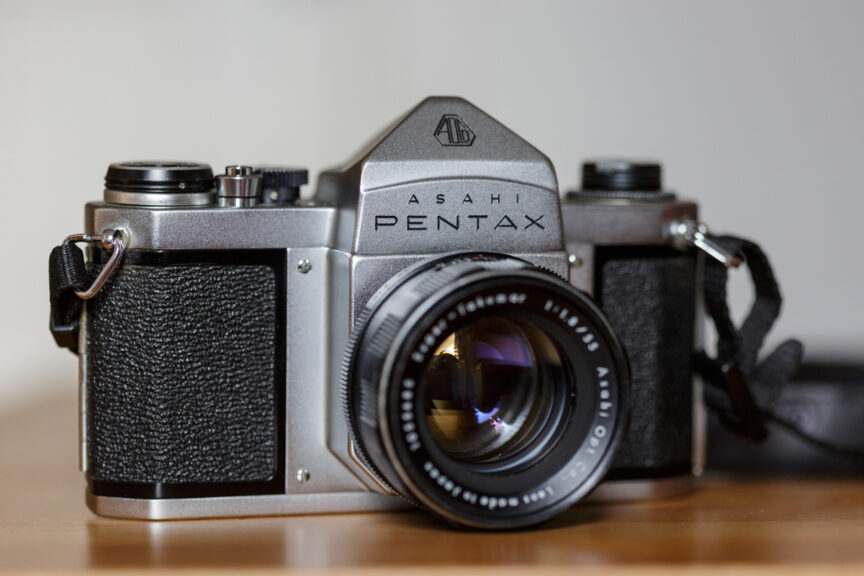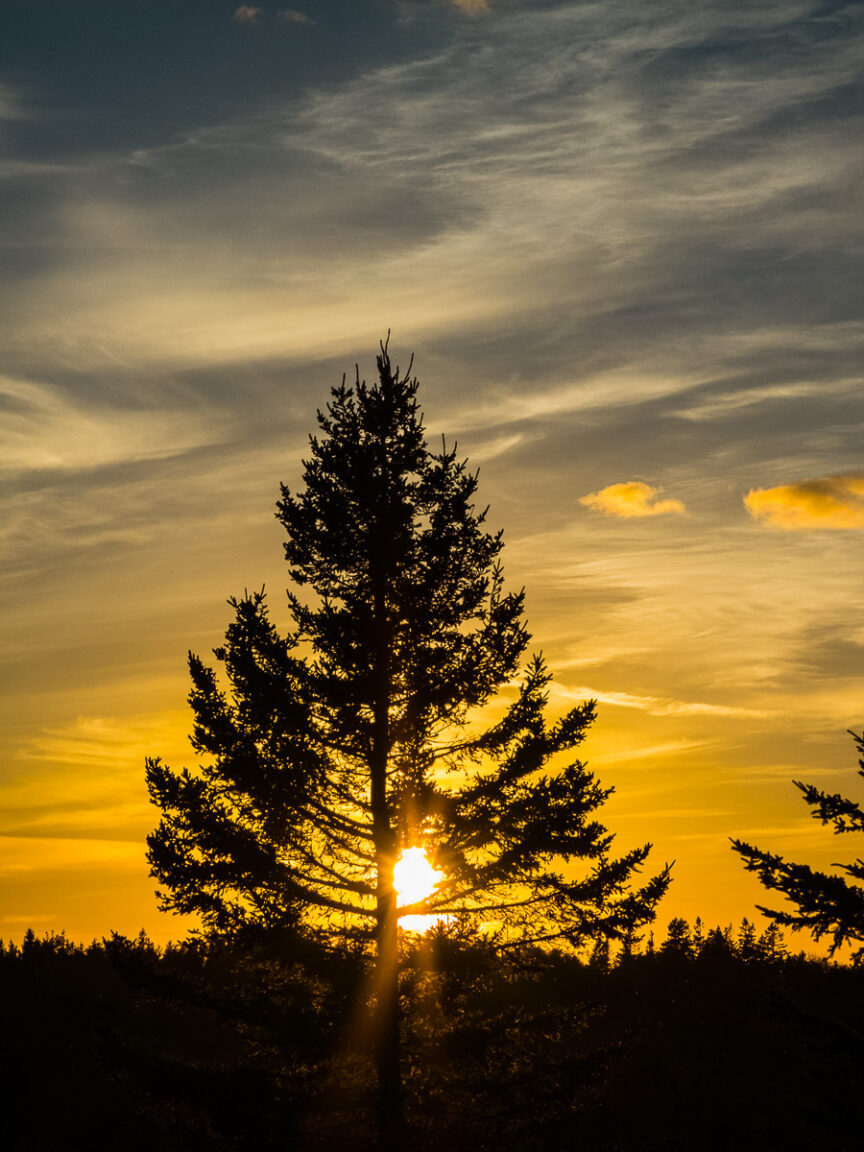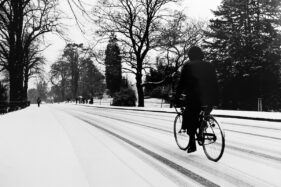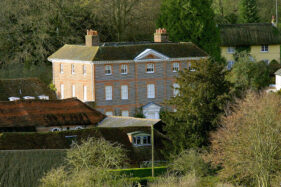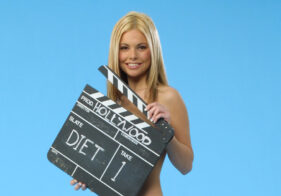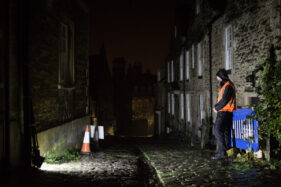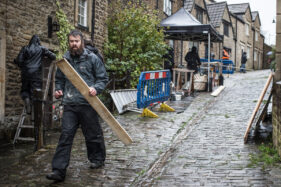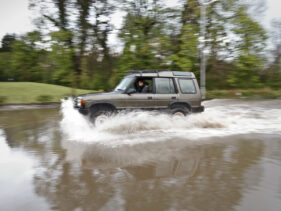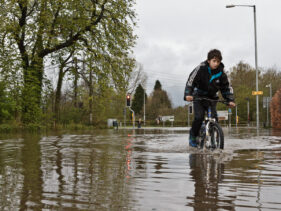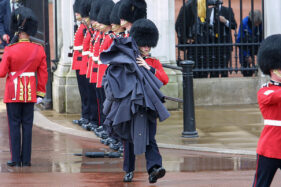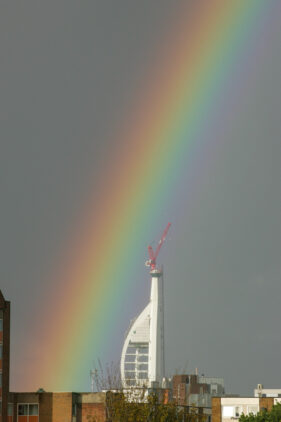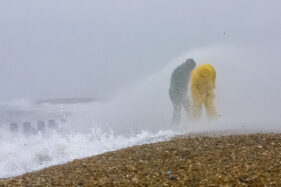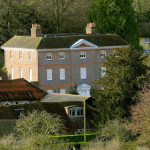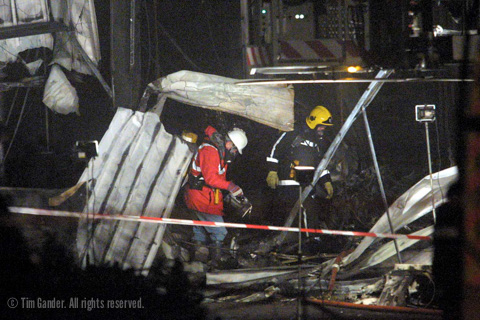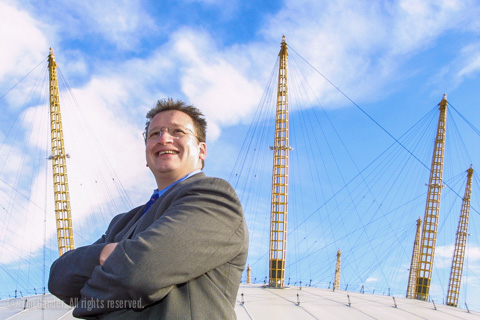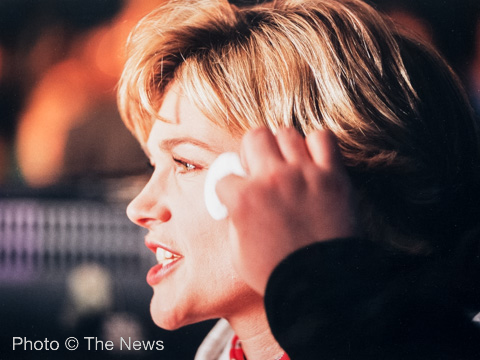This week I’m going to talk about a collection of pictures which are relatively recent, but which seem much older. To be honest, anything from 2020 now feels like a different era.
Rachel and Silas
One, a portrait of Rachel Byrt, is already in my Business Portraits portfolio. While the other, featuring Silas Wollston, hasn’t made it in yet, but I think it needs to because it’s a strong image. There are in fact a few potential candidates in the set.
Viola player Rachel and harpsichordist and organist Silas visited my home back in August 2020. It was part social/part portrait session, so for the portraits we made space in our kitchen/dining room for a mini studio. As ever through 2020, the prevailing Covid restrictions were observed.
Working Smart
Being such a tight space, I had to be creative with just a single studio light and a black backdrop which I used as a flag to control the lighting. Our bright yellow feature wall took up backdrop duty. This worked very well for both the colour and black and white photos.
Each portrait required a slightly different setup, but for an impromptu music session I took the studio gear away and captured some action using my medium format film camera.
Because Rachel and Silas are busy professionals, it was important to ensure they had a decent choice of pictures for different areas of their work. Also, without knowing where pictures will be used it was important to have a variety of upright and landscape oriented images. Both Rachel and Silas have their own picture galleries from which they can download what they need, when they need it.
Ready for the Comeback
I would love to do more musician profile work, but of course it’s been a tough time in the creative arts. Fingers crossed 2022 will be the year when live music really gets going again. When it does, I’ll certainly be happy to do my bit whenever it happens.

